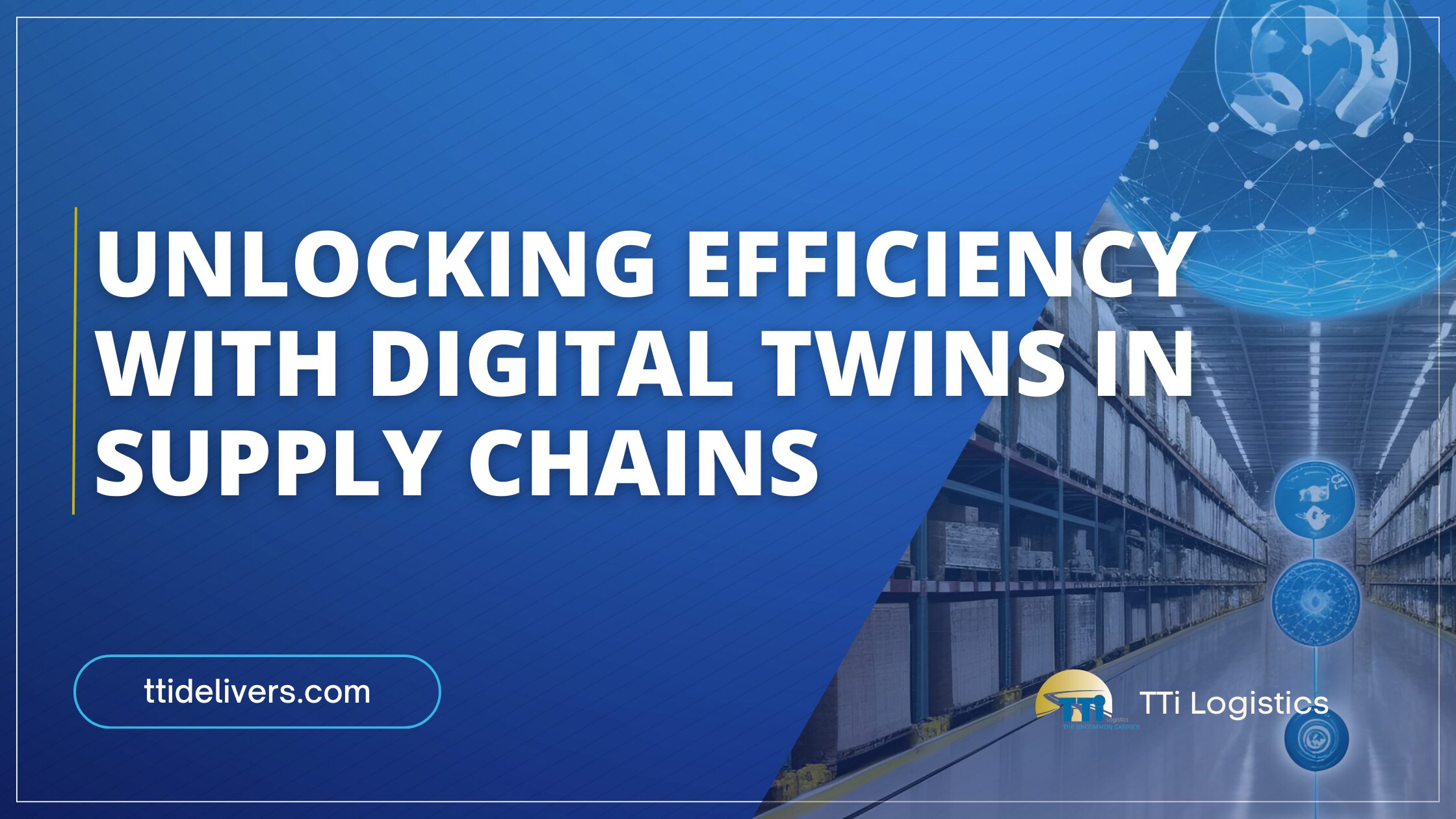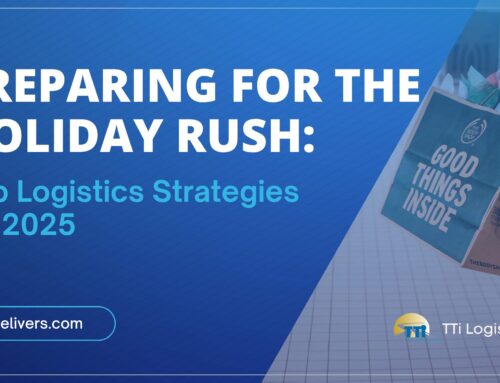Simulating Smarter Supply Chains with Digital Twin Technology
Imagine being able to simulate, test, and improve your supply chain in real time—without ever touching a physical shipment. That’s exactly what digital twin technology is making possible.
A digital twin is a virtual representation of a physical asset, process, or system. In logistics, it can replicate entire supply chains, from warehouses and trucks to delivery routes and inventory flow. These real-time digital models allow businesses to visualize operations, predict disruptions, test improvements, and optimize efficiency like never before.
As logistics becomes more complex and customer demands rise, digital twins are becoming essential tools for companies looking to stay ahead. For TTI Logistics, this innovation offers powerful new ways to enhance transparency, accuracy, and performance across every link in the supply chain.
How Digital Twins Improve Logistics Operations
Digital twins in logistics rely on real-time data from physical systems—like RFID tags, GPS trackers, sensors, and enterprise software. That data is used to create and continuously update a virtual model that mirrors what’s happening in the real world.
Here’s how it works:
- Data Collection: Sensors, IoT devices, and systems gather data from warehouses, vehicles, and assets.
- Digital Replication: That data feeds into a virtual model that replicates current operations in real time.
- Simulation and Analysis: The digital twin can run “what-if” scenarios to test different strategies or respond to disruptions.
- Optimization and Feedback: Businesses apply insights from the model to adjust operations, improve performance, and prevent issues.
This live loop of data, simulation, and action helps logistics providers make smarter, faster decisions every day.
The Advantages of Digital Twins in Supply Chain Management
The logistics industry thrives on precision and efficiency—two things digital twins help enhance dramatically. Here are the biggest benefits companies are seeing from this technology.
- Real-Time Visibility: Get an accurate, up-to-the-minute view of your entire supply chain, from inventory levels to vehicle locations.
- Predictive Analytics: Model different scenarios to anticipate delays, equipment breakdowns, or demand spikes.
- Improved Asset Utilization: Better manage maintenance, reduce downtime, and increase utilization rates.
- More Accurate Demand Forecasting: Combine historical data, market trends, and real-time activity for improved forecasting accuracy.
- Streamlined Warehouse Operations: Simulate storage layout changes, labor shifts, or inventory flows to optimize space and efficiency.
- Enhanced Customer Experience: Predict delays and identify fulfillment improvements to consistently meet delivery expectations.
Real-World Applications of Digital Twins in Logistics
As the technology matures, digital twins are being applied in diverse ways across logistics operations. Here are a few standout use cases:
- Supply Chain Mapping and Risk Management: Visualize global supply chain networks, simulate disruptions, and create contingency plans.
- Transportation Route Optimization: Combine traffic, weather, and delivery data to optimize routes for speed, cost, and efficiency.
- Warehouse Layout Simulation: Test layout, staffing, and automation changes to improve productivity.
- Cold Chain Monitoring: Monitor refrigeration performance and ensure compliance for temperature-sensitive goods.
- Equipment Health and Maintenance: Forecast maintenance needs using wear-and-tear data from trucks, forklifts, or conveyor belts.
How TTI Logistics Leverages Digital Twin Technology
At TTI Logistics, we believe technology should empower—not overwhelm—our clients. That’s why we’re integrating digital twin technology into every layer of our logistics services, with a focus on tangible outcomes.
Centralized Data-Driven Dashboards: We’re developing tools that gather data from WMS, TMS, and GPS tracking platforms to create live operational overviews. This provides clients with:
- Real-time insights into shipment progress
- Predictive alerts on potential delays
- KPI tracking across fulfillment, inventory, and delivery
Custom Simulations for Complex Logistics Challenges: TTI Logistics uses digital twin modeling to test strategies before field deployment, ensuring:
- Better cost analysis
- Fewer service disruptions
- Greater confidence in decision-making
The Future of Digital Twins in the Logistics Industry
As the logistics industry continues to digitize, the role of digital twins will expand rapidly, integrating with AI and machine learning for smarter predictions, automated decision-making, and prescriptive insights.
Companies are also moving toward creating full digital twin ecosystems—end-to-end models of their supply networks to simulate ripple effects across suppliers, warehouses, transportation assets, and customer deliveries.
Additionally, digital twins are helping businesses achieve sustainability goals by modeling the environmental impact of logistics decisions and identifying ways to reduce carbon emissions and waste.
Why Now Is the Time to Explore Digital Twin Technology
Digital twins offer a proven way to reduce uncertainty, cut costs, and improve performance across your supply chain. They’re no longer optional—they’re becoming a strategic necessity for forward-looking companies.
At TTI Logistics, we’re committed to helping our clients access and apply the best technology available—without disrupting their day-to-day operations.
Whether you’re looking to simulate warehouse improvements, optimize shipping routes, or increase supply chain visibility, digital twin technology can help.







